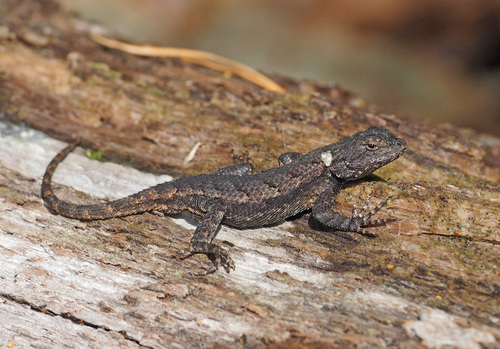
Eastern Fence Lizard
The Eastern Fence Lizard, Sceloporus undulatus, thrives in sunny woodlands. Males boast striking blue patches, with their keeled scales aiding camouflage. Known for their rapid, zigzag escape tactics, these lizards maintain insect control in their ecosystem, adding vibrance and dynamism to their native habitats.
4 years
Lifespan
Least Concern
Conservation Status
Stable
Population Trend
Distribution Range of the Eastern Fence Lizard
Sceloporus undulatus, commonly known as the Eastern Fence Lizard, is native to North America. It is primarily found in the eastern United States, ranging from New York and southern Pennsylvania, southward through the central part of the United States, to northern Florida and the Gulf coast. Its range extends westward to Illinois, Missouri, and eastern Texas.
Eastern Fence Lizard's Habitat
Environmental Conditions
The Eastern Fence Lizard inhabits a variety of environments including forests, woodlands, and grasslands. It prefers areas with abundant sunlight and minimal dense canopy cover. Common habitats include dry, open wooded hillsides, rocky outcrops, and forest edges with easy access to both trees and ground cover. The species thrives in areas with well-drained soils as well as rocky substrates.
Ecological Niche
Sceloporus undulatus is a diurnal reptile, primarily active during the day. It occupies a niche as both a predator and prey within its ecosystem. It primarily feeds on insects and other small invertebrates, playing a critical role in controlling these populations. In turn, it serves as prey for larger predators such as birds, snakes, and mammals. Its ability to adapt to various environmental conditions makes it a resilient part of North America's ecological web.
Copyright @ Nature Style Limited. All Rights Reserved.
 English
English